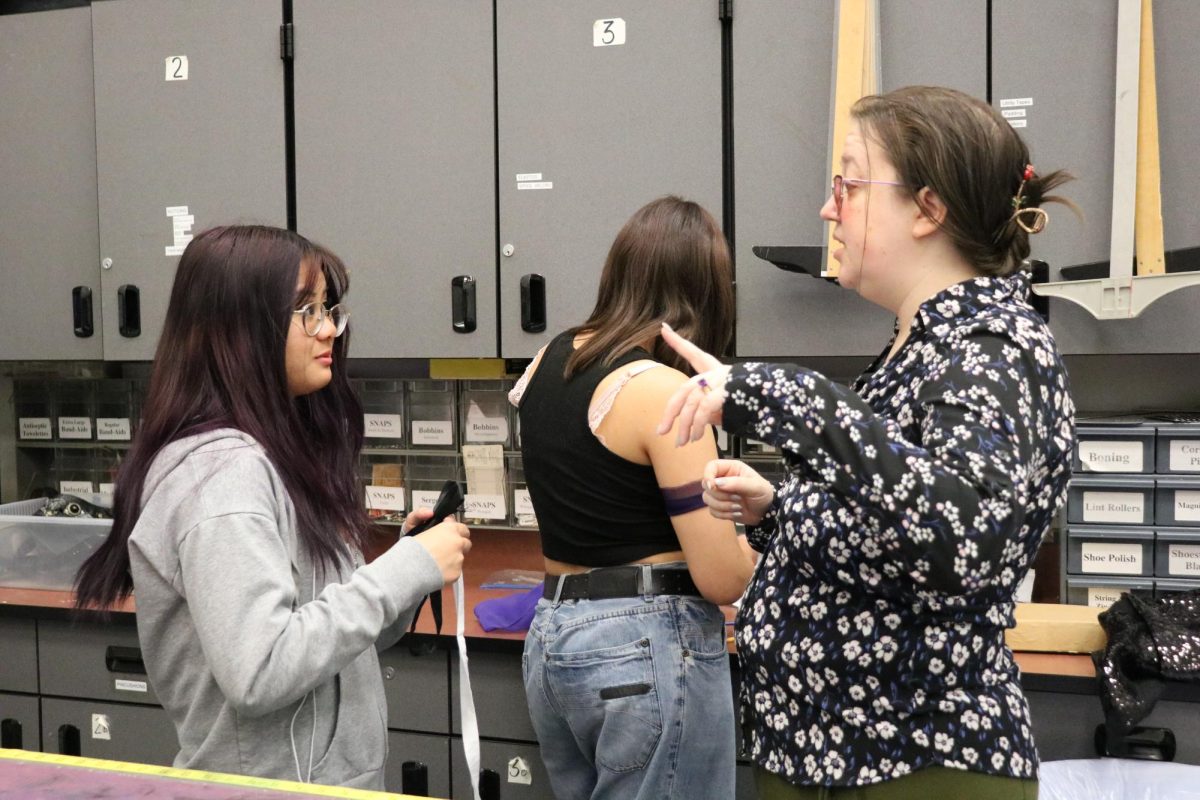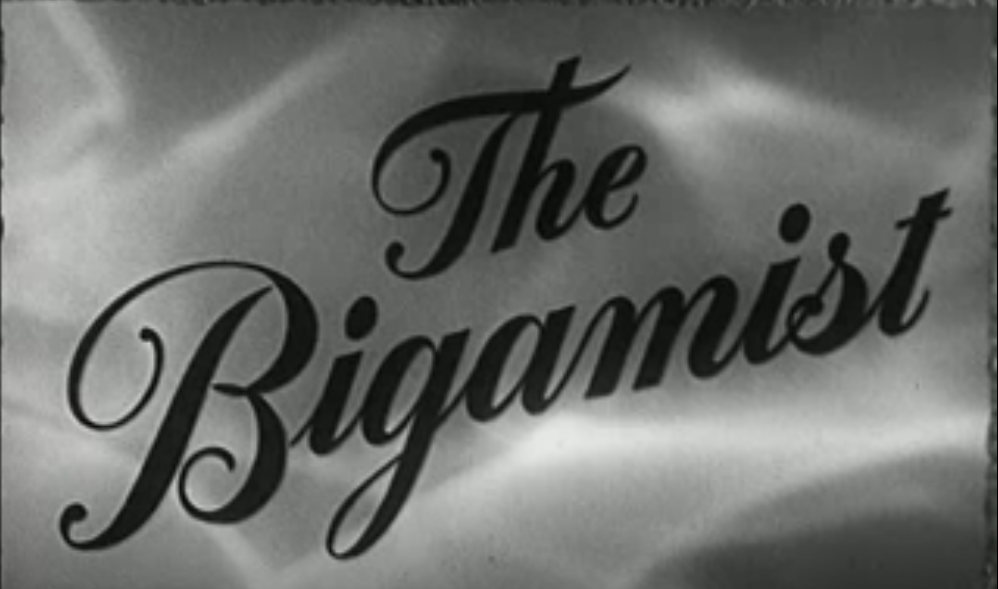In 1933, the army decided to create Alcatraz, a federal prison that could be placed to house difficult or dangerous inmates. When the maximum-security prison opened, the first warden hired approximately one guard for every three prisoners. Each prisoner had his own cell.
The Federal Bureau of Prisons (BOP) viewed Alcatraz as “the prison system” where the most disruptive inmates could be sent to live under harsh conditions and have little to no privileges until they could learn how to follow rules.
But what did life look like for these prisoners? In this article, we will comb through the schedule of an average prisoner who spent their life in the most secure prison in the United States.

Imagine you are a criminal in 1950, sent to Alcatraz because of your history of escape attempts from other prisons. The first thing a prisoner should know upon entering Alcatraz is that his experience would be no walk in the park. As a prisoner, you were given four rights: medical attention, food, shelter, and clothing; visits from family and recreational activities could only be earned through hard work. You would be stripped of your name and given a number that will be a part of your identity for your entire time on the rock.
6:30 am: Your day starts bright and early at the blow of a whistle. You are required to rise (no snooze button.) and make your bed, clean your washbasin, and toilet bowl, sweep the cell floor, fold the table and seat against the wall, and finally wash and get dress.
6:45 am: Detail guards take their positions to watch as prisoners come out of their cells and prepare to march them into mess halls. The guards supervise as you take your seat and will signal you when to start eating along with a signal to you when you are allowed to stand up.
6:50 AM: Second-morning whistle; prisoners stand by the mess hall door facing out and remain there until the guards signal. During this time, the lieutenants and the cell house guards of both shifts make the count. When the count is accurate, the order is made for cells to be unblocked.
7:00 AM: You make your way into the mess hall, keeping to the corner of the wall. Once you are seated, you will sit with your hands by your sides until the whistle is given for the first detail to begin eating. You will have twenty minutes. When you are finished eating, you will place your knife, fork, and spoons on your tray and then sit with your hands at your side. After all prisoners are finished eating, a guard walks to each table to ensure that all utensils are in their proper place.
7:20 AM: The first detail stands and walks to the recreation yard. Those not assigned any details proceed to work or cells.
7:25 AM: Guards and their details move out in the following order through the gates:
- Laundry
- Tailor shop
- Cobblers shop
- Model shop
- All other shops
- Gardening and laboring details
The guards stand opposite the rear gate guard. There they will count prisoners passing through the gate in a single file line and clear the count with the rear gate guard.
9:30 AM: You get a rest period and are allowed to smoke in permitted areas with your buddies, but you are not allowed to crowd together.
9:38 AM: The guard blows a whistle signal, and all men on each floor are counted and then immediately return to work.
11:30 AM: Another count is taken by a foreman or guard.
11:40 AM: In the recreation hall, the mess hall line is immediately formed in the same order as the morning. You proceed in the same line to the mess hall. Dinner routine is the same as breakfast except when you are finished eating, you immediately head to your cell.
12:00 PM: Noon lock-up. Guards remain in front of prisoners’ cells and remain locked up until a count is made.
12:30 PM: You begin working again and are recounted by guards.
2:30 PM: Rest period; the procedure and count are the same as the morning.
4:30 PM: Work stopped, the procedures are the same as at 11:30.
4:45 PM: You return to your cell.
5:00 PM: You stand as both shift leaders and guards do a final lockup count. While in your cell if you displayed good behavior, you could earn privileges such as music, painting, having access to the prison library, and getting visits from family members. You could be visited by family members once a month for about two hours.
8:00 PM: You watch as another guard completes another count.
9:30 PM: You fold up your table and prepare for bed as a guard completes the light-out count.
Two more counts occur while you are sleeping. One at 12:00 AM and the other at 3:00 AM.
5:00 AM: You hear a guard walk past as he completes the last count before you are awoken by the sharp piercing whistle but roll over to take advantage of the time you have to catch some Z’s.
A total of 13 official counts are made each 24 hours. Sunday and holiday routines require their schedules, with time reserved for haircuts (prisoners were required to remove facial hair three times a week.), showers, clothing changes, and recreation.
Works cited:
A&E Television Networks. (n.d.-a). Al Capone – Scarface, Alcatraz & Death. History.com. https://www.history.com/topics/crime/al-capone
A&E Television Networks. (n.d.-b). How Al Capone spent his time in Alcatraz. History.com. https://www.history.com/news/al-capone-alcatraz
Alcatraz at a glance. Golden Gate National Parks Conservancy. (2020, August 13). https://www.parksconservancy.org/our-work/alcatraz-glance#:~:text=Prisoners%20arrived%20on%20Alcatraz%20in,be%20earned%20through%20hard%20work
Company, O. V. P. (n.d.-a). Daily activity schedule. Alcatraz Daily Routine of Work and Counts. https://www.alcatrazhistory.com/daily.htm
Company, O. V. P. (n.d.-b). James “Whitey” Bulger. James “Whitey” Bulger | Life on Alcatraz – Page 1. https://www.alcatrazhistory.com/bulger.htm
Encyclopædia Britannica, inc. (2024, January 1). Robert Stroud. Encyclopædia Britannica. https://www.britannica.com/biography/Robert-Stroud
FBI. (2016, August 8). Alcatraz escape. FBI. https://www.fbi.gov/history/famous-cases/alcatraz-escape
Mickey Cohen – Alcatraz East Pigeon Forge. Alcatraz East. (2021, August 13). https://www.alcatrazeast.com/crime-library/organized-crime/mickey-cohen/

























